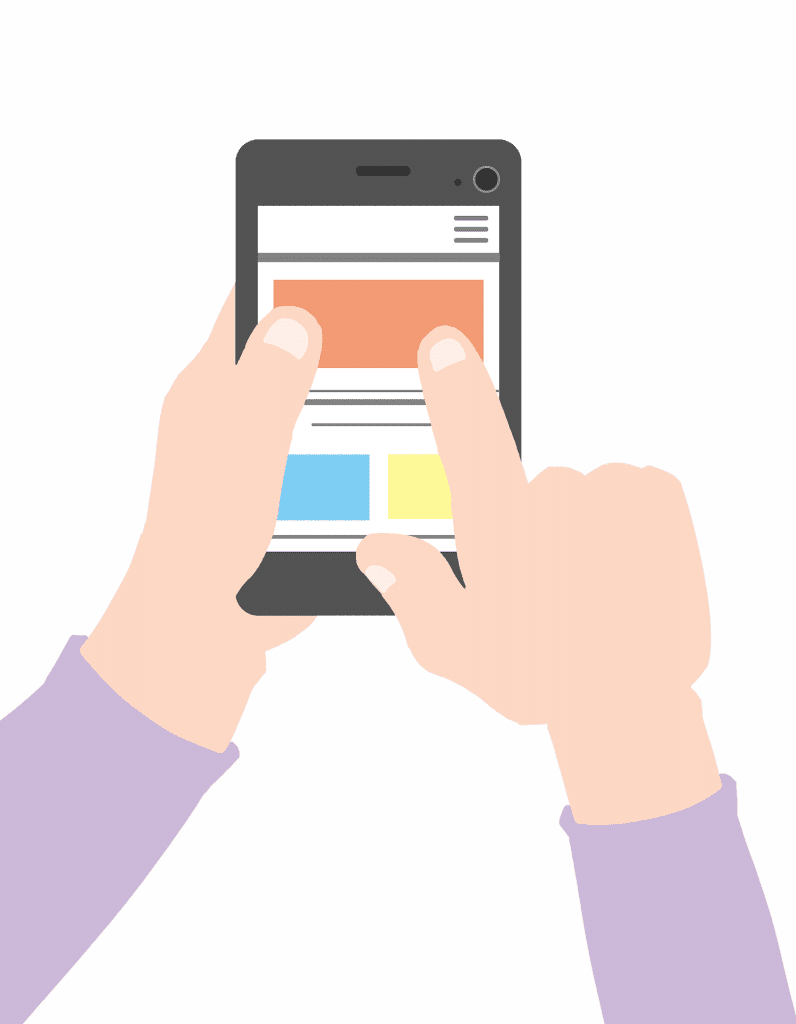The eCommerce environment continually changes. You have to keep up with these changes to maintain your client base and revenue. You’ve done it in the past with your website and social media. However, you’ve been apprehensive to keep up with current mobile app trends and create one on your own.
Even when your competitors released their own apps you remained reluctant. Basically, you were afraid the package you created wouldn’t match up to other applications. Fortunately, you’re not the only one who has this problem. With some instructions to get you started, you can have an application done before you know it.
Here are some of the steps to take to launch your mobile app.
Create A Plan
The need to have a marketing plan isn’t different from what you originally did for your business. You need to market your mobile app to the customer avatar you created. In fact, you have to take it up a level.
When you created your avatar it probably didn’t factor in all of the digital marketing you currently utilize. This means it requires some tweaks. You must have a marketing plan that seeks to determine the proper digital customer. Should they be a regular online shopper or someone lured to your app from other marketing?
The other part of this new plan is a section on how to market your mobile app. Yes, you can do this on social media and your website. However, the best way might be through an email campaign to your client list.
Another way to market your mobile app is to place it on the front of a website designed to adapt to smart devices. When you mention an app is available, old and new customers will download it instead of struggling through the web pages.
What Works?
Refining your customer avatar is the first step to launch your mobile app. The next is to review mobile app trends. The simplest way to do this is through a review of your competitors’ applications. You’ll discover the current mobile app trends through the reviews.
Customers want an app to be as simple and secure as possible. If the mobile app trends of your competitors lean toward the negative, then you know you have to create an application that has a smooth user interface and quick data retrieval. If they have something the customers really like, then include it on your mobile app as well.
Don’t think of it as plagiarism. To paraphrase an old saying, imitation of what works in an app is a sign of flattery. By improving on what customers say doesn’t work on a competitor’s app, you have changed the game to your advantage.
Seek Out Developers
When the above tasks are finalized it’s time to build your mobile app. There are two ways this is done. First, you can create one on your own through an online platform. Second, you can hire a mobile app development company.
The former is a consideration only if you have the time to educate yourself on coding. It’s also something to use if you’re okay with a standard template and programming that provides an average user interface (UI) and user experience (UX). It’s not what you need if you want your mobile app to shine above the others.
For that, you need the services of a mobile app development company. These organizations are staffed with subject matter experts (SMEs) who understand the various programming codes and their strengths. They can look at your ideas and transform them into a reality.
A big advantage of mobile app developers have over DIY platforms is the level of quality checks. They don’t launch an app unless it gets a green light from you and their peers. If either of you detect something wrong, the developers pull back on launch and rework the code until it is 100 percent efficient.
Launch The App
Set a date for the app launch only after you give it the go-ahead. You don’t want to make a big deal about it then have the release go bust due to issues. Also, before you launch it, consider an incentive for current and new customers to download it onto their smart devices.
A giveaway is a good idea. It doesn’t have to be something extravagant. Rather, something that you can provide that doesn’t break the budget. Maybe you offer a free 60-minute consultation. Another example is the delivery of a free item when it’s downloaded and used to make a purchase.
In the end, the way to launch your mobile app starts with a plan. It can’t be done on the fly because that results in poor customer response and hours trying to fix the issues. Go slow as you determine the people you want to draw in and what works best for them.


